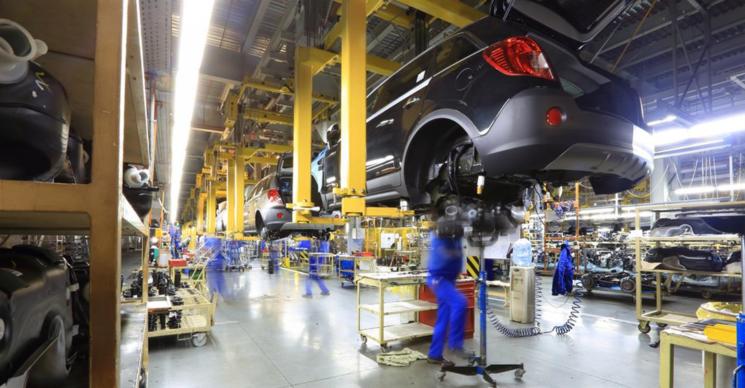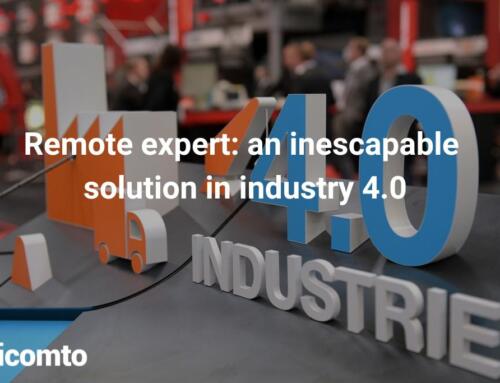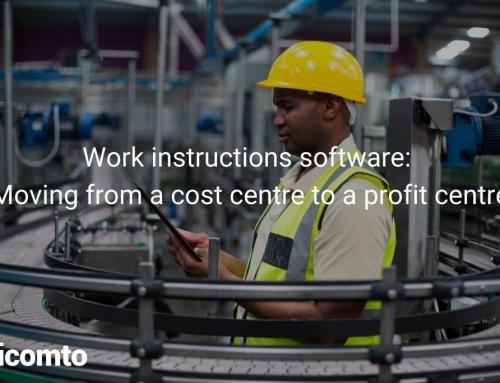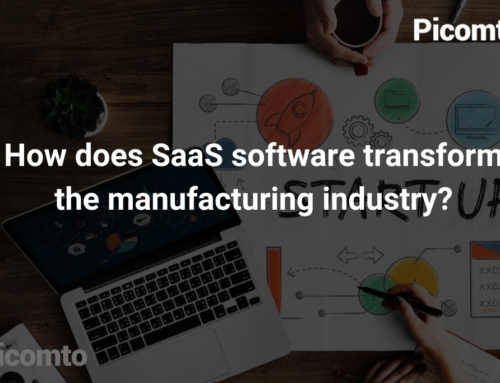
Developed in Toyota factories, the 5S method was then applied well beyond the automotive industry, even to the point of being adopted by service companies. This shows the universality and effectiveness of this process. It even seems perfectly suited to accompany the evolution of the industry 4.0.
What is the 5S method?
The objective of the 5S method is to ensure that the working environment is perfectly organized to promote continuous improvement, working conditions and optimal performance. This includes the implementation of storage, safety and hygiene measures that apply not only high standards, but also and above all standards that are understandable and applicable by all employees concerned.
A well applied 5S strategy allows each operator to have a workstation fully adapted to his mission; the tools he needs are at hand, the necessary documents are accessible, etc. As a result, unnecessary movement, manoeuvring and effort, which are therefore obstacles to productivity, are minimized or even eliminated for maximum efficiency.
Companies organise 5S audits to ensure that procedures are followed in all areas. This approach is designed to identify problems and quickly remedy them. It is based in particular on checklists showing the actions to be carried out and the evaluation of their implementation. This is part of the follow-up, the last of the following 5S:
- Seiri (Sort): sort the elements of a workstation (tools, objects…) to eliminate those that are useless (to be marked with a red label), keep within easy reach those that are still used and store wisely those that are used occasionally.
- Seiton (Set in order): provide a location for each element and each element must be placed in its specific location, to facilitate access and use.
- Seiso (Shine): inspection, cleaning and maintenance of the workspace and equipment.
- Seiketsu (Standardize): put in place working methods that must be strictly applied and respected, as well as control tools to assess the effectiveness of processes.
- Shitsuke (Sustain): the checklist mentioned above is one of the tools used to monitor good practices and compliance with standards on an ongoing basis. It is about rooting the approach in the company’s culture to support continuous improvement.

What is its place in the industry of tomorrow?
Productivity, safety and efficiency are the priorities of today’s industry and will also be for the industry of the future. The 5S method and the associated audit offer guarantees in these areas.
By recommending the implementation of standard procedures with clear safety instructions, the risk of accidents is reduced. Audit results also allow process corrections to be made and problems to be more easily identified, which helps to improve product quality. Verifying the proper application of the 5S also ensures minimal waste, since, as we have seen, any unnecessary handling or consumption is eliminated.
And as digitisation is spreading to all parts of the industry, the 5S audit is not immune to it and even benefits from the advantages that new technologies bring.
The digitisation of 5S audits includes computerised checklists, which are therefore easier to generate, complete, communicate and analyse in order to take appropriate decisions, based on the information collected during the evaluations.
On the other hand, the method can only be successful with the involvement of all parties, from the top of the hierarchy (management) to the operators. Employee participation is an essential prerequisite for the success of the project, which must be a continuous process, not a short-term one.
Picomto participates in the digitization of 5S audits thanks to its solution for creating visual work instructions and field data capture forms. Feel free to contact us to know more about the solution.






Leave A Comment